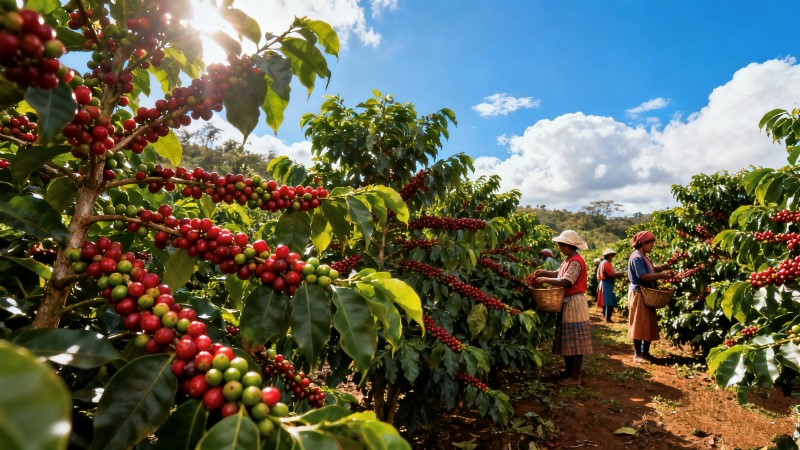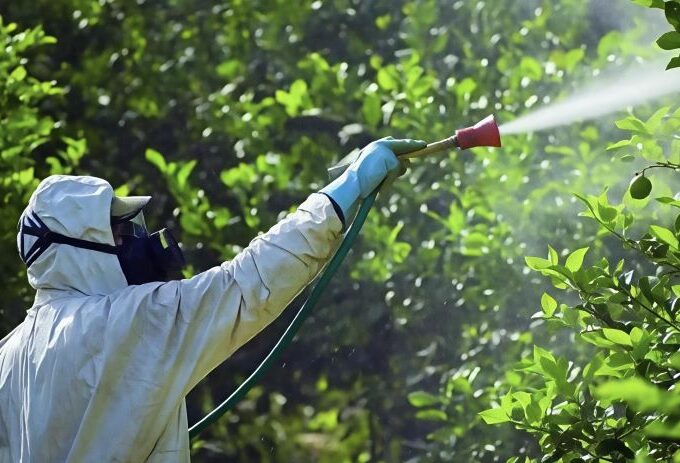0Latin America leads global coffee production, with Brazil and Colombia as the region’s top growers. This article examines their key industry roles, harvest threats, and strategies to protect the crop.
Global Supply Pillars
Brazil produces one-third of the world’s coffee (FAO data), holding major influence over global prices and supply. Colombia, the fourth-largest producer, is renowned for consistent quality.
Beyond numbers, the sector is a socioeconomic cornerstone. In Brazil, it supports hundreds of thousands of rural families. In Colombia, coffee contributes 8% of total exports and 12% of agricultural GDP (Colombian National Federation of Coffee Growers), tying to economic stability and farmer livelihoods.
Mounting Challenges
Family farms dominate Colombia’s sector—96% operate on plots under five hectares. Small-scale operations leave farmers vulnerable to crop losses, highlighting the need for greater resilience.
Rising temperatures reshape cultivation. Climate change disrupts pest and disease cycles, reducing traditional control effectiveness. Worse, pests are moving to previously unaffected high-altitude areas.
Two threats stand out:
- Coffee leaf rust: This fungus weakens plants and slashes yields. Higher temperatures speed its spread.
- Coffee berry borer: This beetle infests 75% of Colombia’s crops (CABI data), laying eggs inside berries and destroying them.
Deforestation links to coffee production, spurring demand for sustainable practices. Growing consumer preference for organic coffee also pushes producers to adapt.Raiane Santos, agronomist at Brazil’s Veloso Green Coffee, says: “We need to adjust controls with proven mechanisms, integrate methods like biological control and improved varieties, and use thorough field monitoring.

Shifting Practices
Agricultural approaches are changing—broad-spectrum chemicals are being replaced by integrated, eco-friendly methods.
Raiane notes: “Biopesticides and low-impact inputs are now used. We’ve phased out products harmful to bees or with long soil residues. Organic fertilizers and cover crops are prioritized.”
Sebastián Velázquez, manager of Colombia’s La Cumparsita farm, focuses on plant nutrition and biodiversity: “Well-nourished plants resist stress better. We added cacao and banana trees to stabilize microclimates and soil health.”
Sustainability Case: GCC
Green Coffee Company (GCC) in Colombia runs the Americas’ largest sustainable Arabica operation, covering 4,000 hectares (2,000 for high-yield crops, 1,000 as protected forest). It processes 750,000kg of coffee cherries, working with 1,300 growers.
GCC’s strategy uses technical assistance and procurement to earn certifications like Rainforest Alliance and EUDR compliance. It addresses farmers’ needs: quality materials, stable procurement, and transparent grading via programs like cherry purchasing and tailored technical support.
Toward the Future
Brazil and Colombia advance sustainable production. Gustavo Gómez of GCC says: “Market rules drive chemical-to-biological shifts. Traceability across the chain meets consumer demand for transparency.”
Facing climate change, pests, and environmental duties, the two nations innovate—using integrated pest management, prioritizing plant health, and supporting farmers—to build a resilient coffee future.











